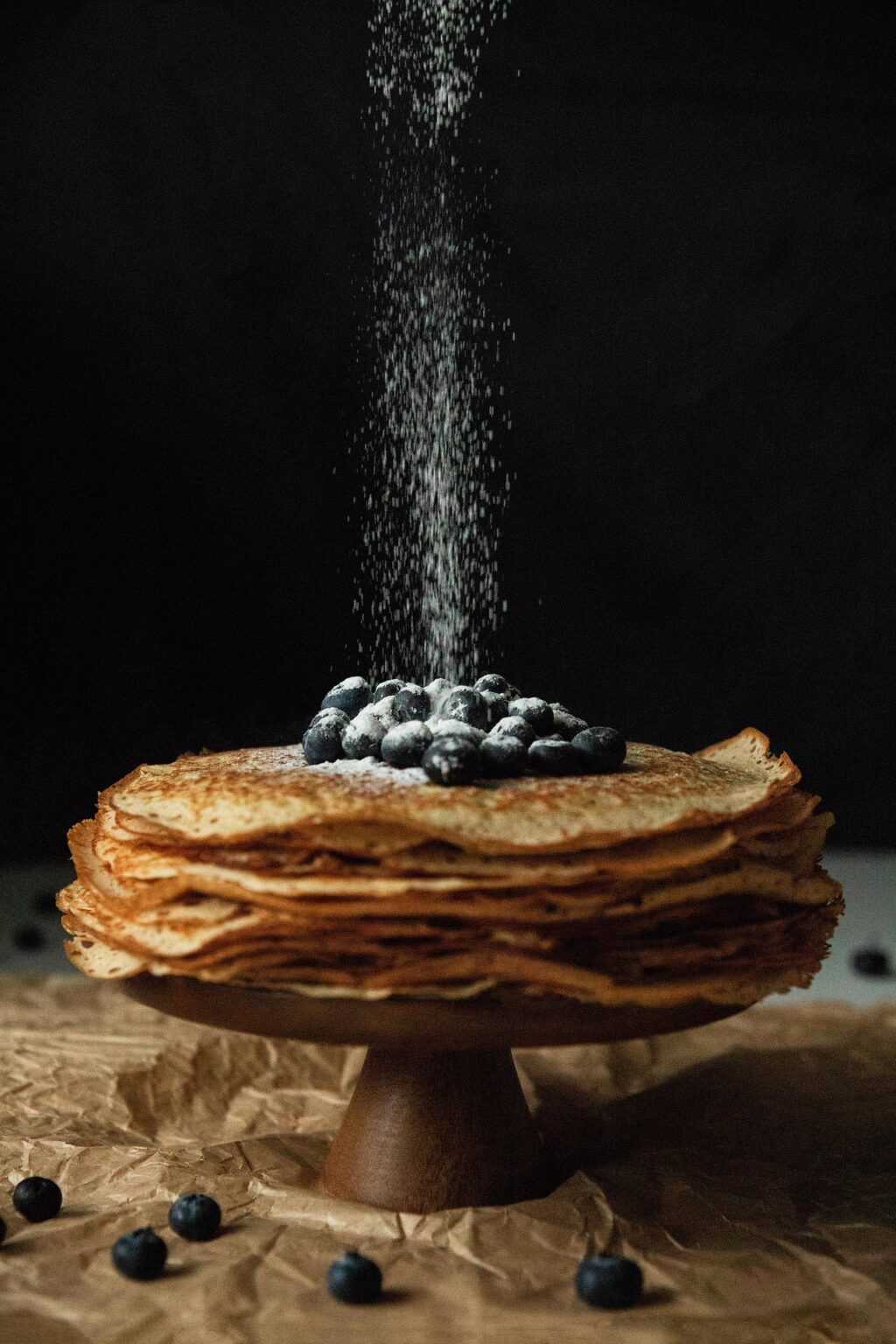An origin at the crossroads of cultures
On February 2, France celebrates a feast as spiritual as it is gourmet: Candlemas.
Religious and pagan origins
This day is above all an opportunity to gather family and friends around mountains of pancakes.
The term “Chandeleur” comes from the Latin “festa candelarum”, meaning “festival of candles”. The candles blessed during the processions were then taken home to protect the home and ward off evil, reminding us that Christ is the light of the world.
This festival has its roots in the pagan Roman rituals of fertility and renewal, notably the Lupercalia, which celebrated the return of light as spring approached. These festivities included nocturnal processions with torches, symbolizing purification and protection of the coming harvest.
At the same time, the Celts celebrated Imbolc on February 1, a festival marking the beginning of spring and honoring the goddess Brigit, associated with light and fertility. Peasants walked the fields with torches to purify the earth before sowing, invoking the blessing of fields and crops.
Presentation of Jesus in the Temple
With the spread of Christianity, the Church often integrated and transformed pagan traditions to facilitate the conversion of populations. Thus, in 472, Pope Gelasius I instituted Candlemas as a Christian feast, replacing pagan celebrations with the commemoration of the Presentation of Jesus in the Temple, forty days after his birth. At this event, the old man Symeon recognized Jesus as “the light that reveals itself to the nations”. To symbolize this recognition, candlelight processions were organized, in which the faithful carried blessed candles, representing Christ’s light illuminating the world.
The tradition of preparing pancakes for Candlemas dates back to the Middle Ages. Their round shape and golden color evoke the sun, symbolizing the return of light after winter. What’s more, at this time of year, farmers used the surplus flour to make pancakes, a symbol of prosperity for the coming year.

The gold coin ritual
Traditionally, the first pancake is popped with a gold coin in the hand, usually an old coin.
If the pancake lands correctly in the pan, it augurs prosperity and good luck for the coming year.
Some then place the gold coin in the sautéed pancake and place it on top of a cupboard, leaving a symbol of protection for the home.

A delicacy in every sauce
Chandeleur is above all a gastronomic celebration. Whether you like sweet or savoury crêpes, the possibilities are endless.
In Brittany, the land of crêpes par excellence, we prepare buckwheat pancakes topped with ham, egg and cheese. Elsewhere, sweet crepes dominate: sugar, jam, honey, chocolate, or flambéed with Grand Marnier.
Chefs also like to revisit this tradition with modern, sophisticated crepes. Think of a lemon soufflé crêpe, or a revisited version with praline chantilly and roasted hazelnuts.
In Alsace, you can even enjoy crêpes filled with kirsch or dried fruit.
User-friendliness first and foremost
Chandeleur is a time for sharing and conviviality. Preparing crêpes together, popping them with skill or clumsiness, and their smell filling the house is a source of happiness.
It’s a simple and warm way to start the year, in a happy and cheerful atmosphere.
To your frying pans! And may the first pancake be a harbinger of happiness and success in the New Year.

Groundhog Day
In the United States, February 2 is not dedicated to Candlemas, but to a very special holiday: Groundhog Day. This event symbolically marks the end of winter and the marmots’ emergence from hibernation, although it is a little premature on the natural calendar.
Origin of the term “Groundhog
The word “groundhog” has its roots in two English terms: ground and hog, a Celtic term for pig, related to Welsh hwch and Breton hoc’h (pig). Surprisingly, this word has no direct connection with pigs, but refers here to a rodent known by another name in English: the woodchuck. The latter is an English adaptation of a word from the native languages of North America. Contrary to popular belief, the name woodchuck has nothing to do with any woodland animal, such as woodcock.
The woodchuck, a very distinct animal
In French, the marmot celebrated on this day is called marmotte d’Amérique, whose scientific name is Marmota monax. It is found mainly in Alaska, Canada and the northeastern United States. This animal, a cousin of the Alpine marmot, is more massive and fatter, although far from rivaling the imposing size of a bear.
A weather legend imported from Europe
Groundhog Day is based on the popular legend that the weather on February 2 predicts how long winter will last. According to this belief, if the day is cloudy, spring will arrive early. On the other hand, if the sun is shining, the groundhog, frightened by its shadow, would immediately return to its burrow, heralding six more weeks of winter.
This tradition dates back to a European custom, when animals such as bears and badgers were observed to predict the end of winter. The European settlers who immigrated to America adapted this practice, choosing the groundhog as their emblematic animal, which was more widespread locally.
Real-life hibernation versus legend
In reality, the woodchuck begins its hibernation long before February 2, usually in October, and doesn’t emerge from its winter slumber until late March or even early April. This period of torpor lasts about six months. So the Groundhog Day celebration is above all a cultural construct, disconnected from the marmot’s actual biological habits.
A festive, media-friendly symbol
Groundhog Day has evolved into a popular and festive event. Local celebrations are held in many towns, including Punxsutawney, Pennsylvania, where the “Punxsutawney Phil” groundhog is honored. High-profile ceremonies feature the groundhog symbolically emerging from its burrow to “predict” the weather, attracting thousands of curious onlookers every year.

